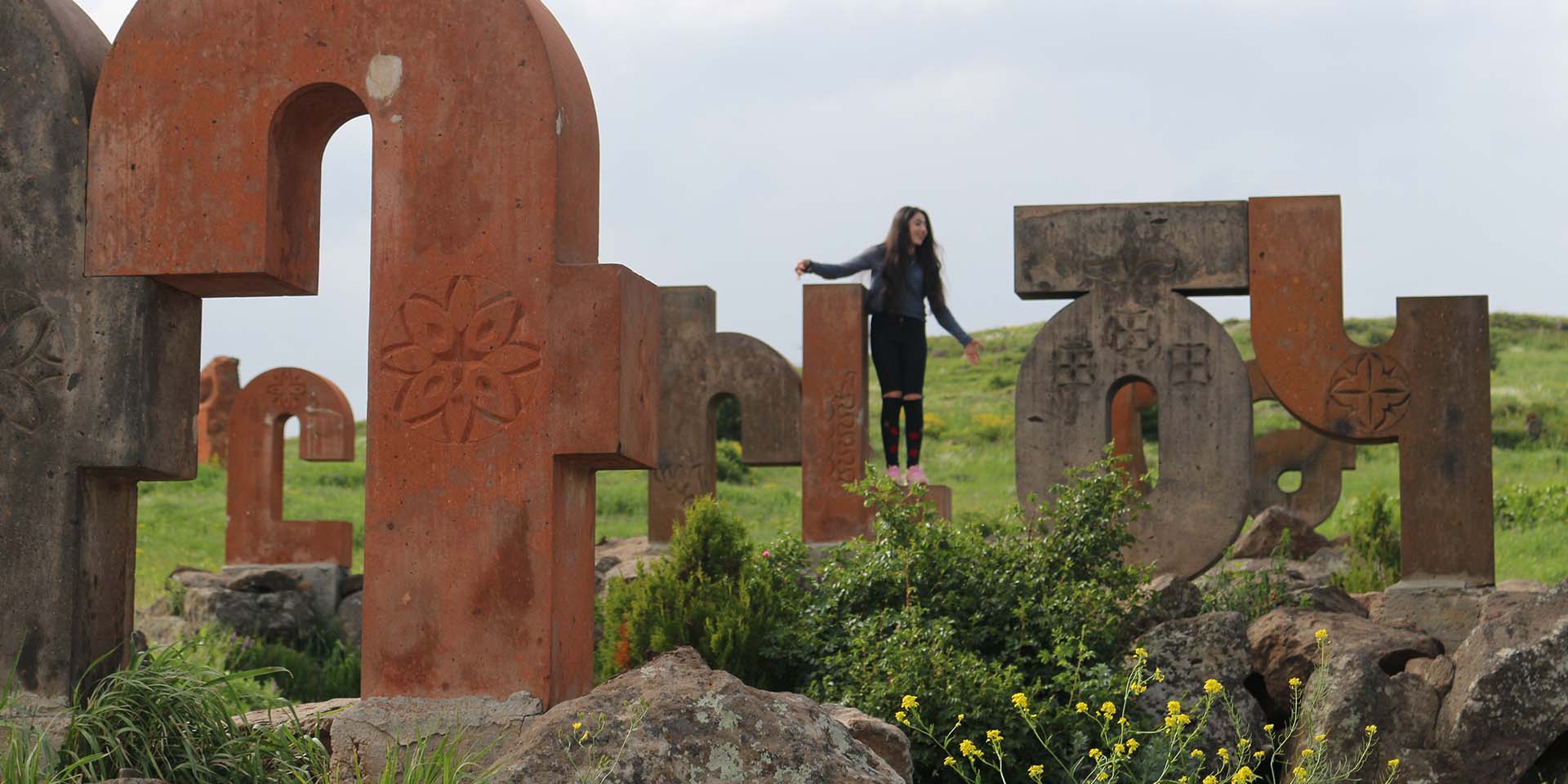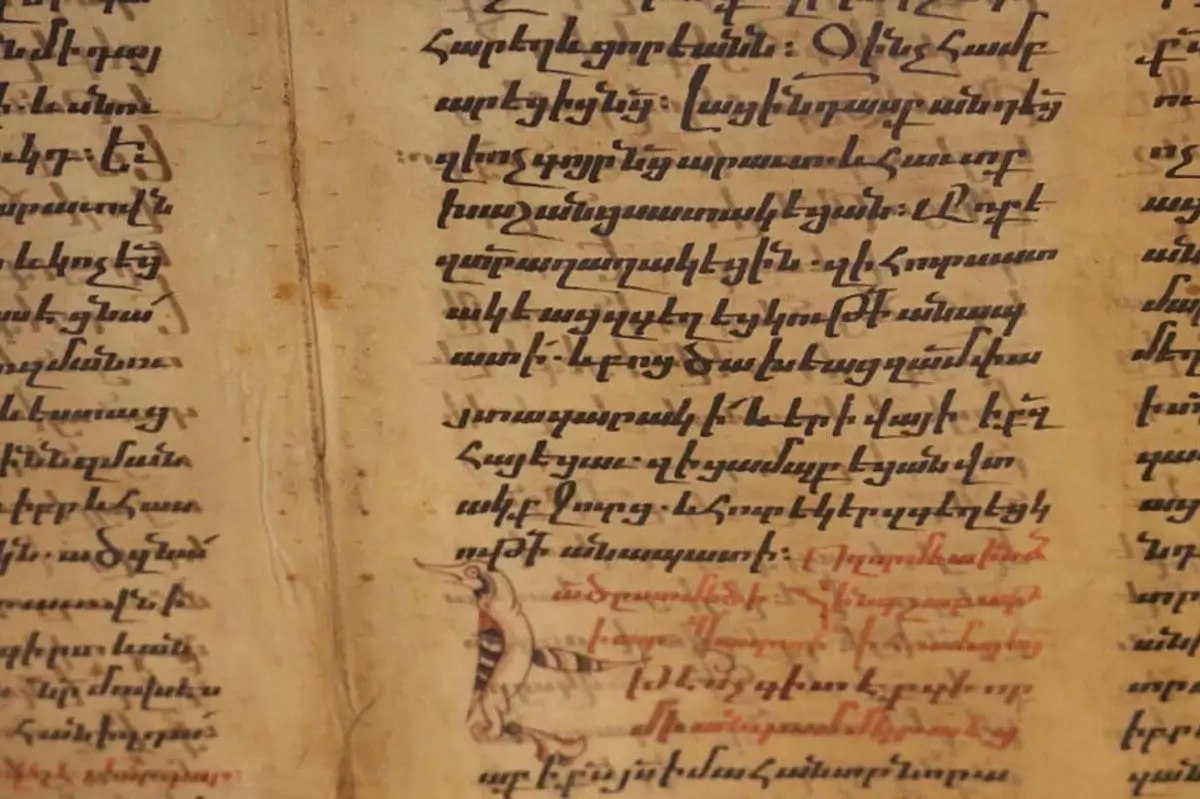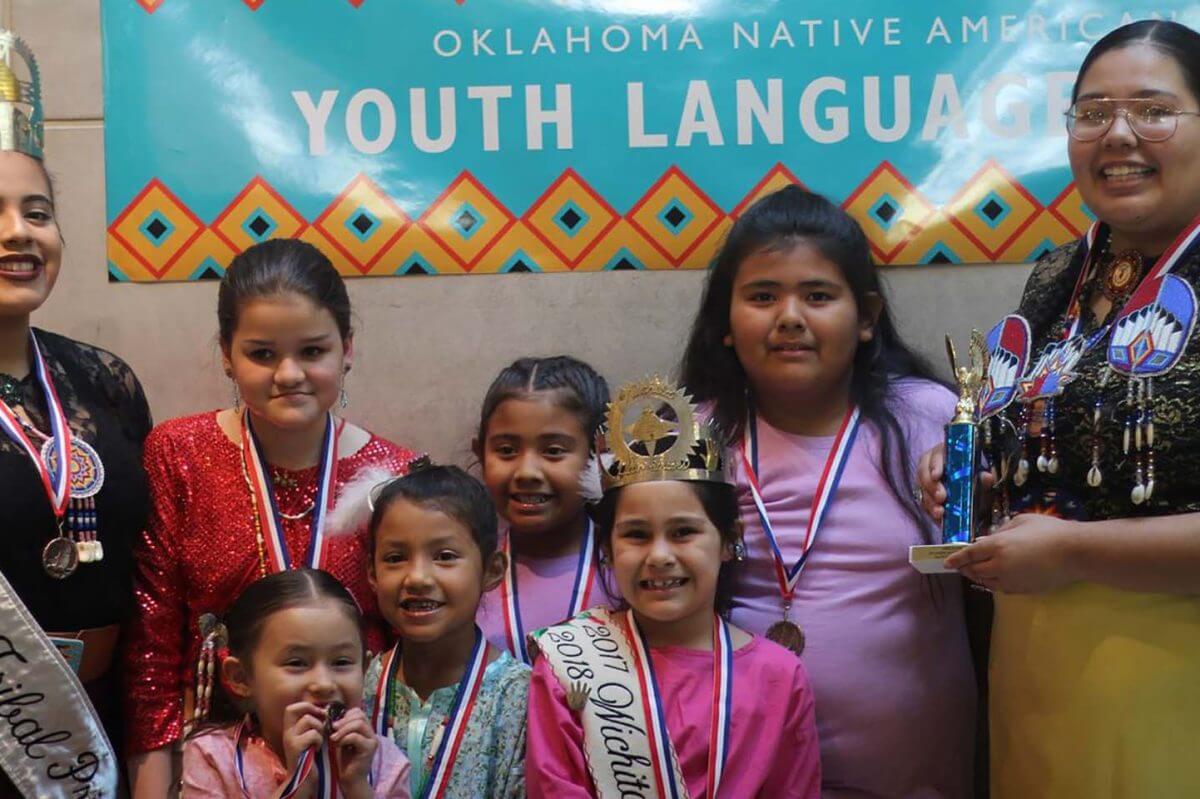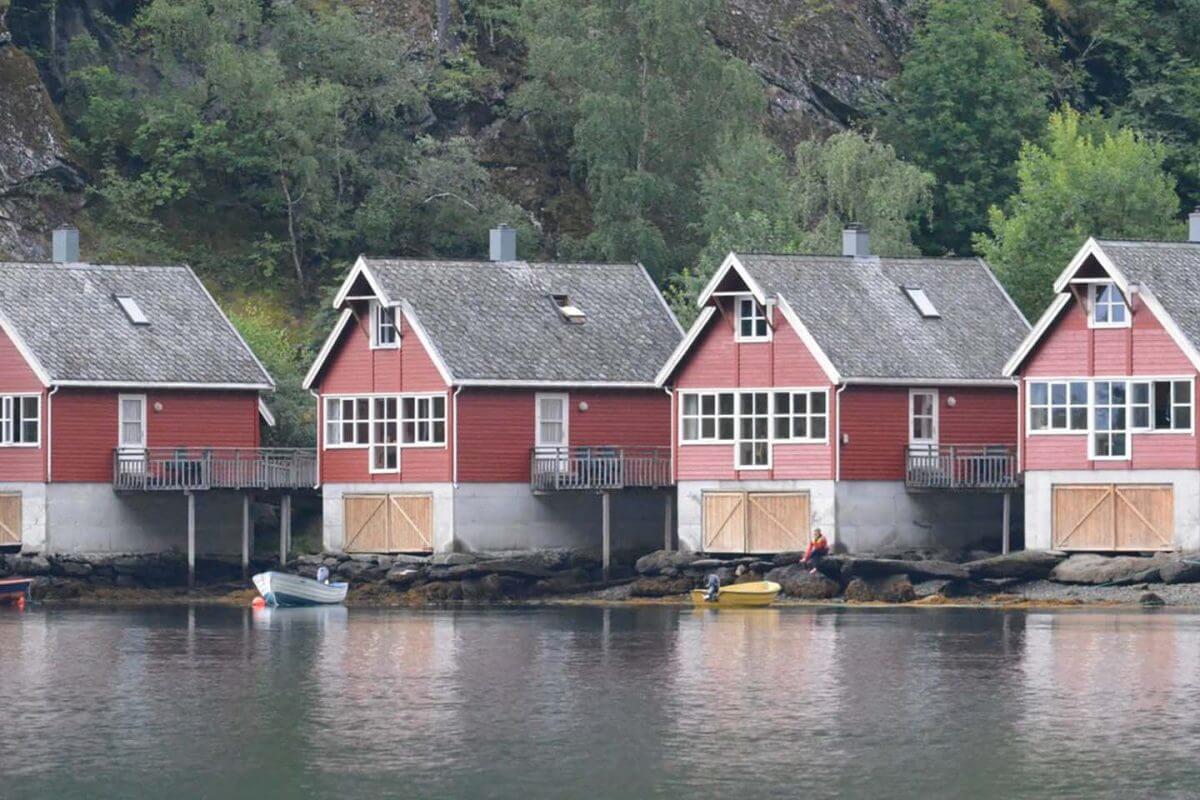
Personal Stories Express the Cultural Significance of Language and Legends
Language and legends are present in every culture.
A language is an organized system of communication that expresses ideas through vocabulary, syntax, and symbols. Its main characteristics include arbitrariness (the absence of intrinsic meaning in symbols), displacement (the capacity to discuss things that are not there), and productivity (the capacity to construct an endless number of phrases). The four primary components of human language are pragmatics (usage in context), semantics (meaning), grammar (structure), and phonology (sounds).
Today, there are more than 7,000 recognized languages spoken worldwide. About 44% of all languages are listed as endangered, generally defined as there being less than 1,000 speakers left.
Although other animals can converse, humans are the only ones who use "language" in the sense that we define it, which includes sophisticated vocal communication that is based on syntax and grammar. While certain animals, like parrots and dolphins, exhibit the fundamentals of language, animals communicate through other means, such as sounds, gestures, and odors.
One aspect of the universal human experience is the need to feel understood and heard. The way that units of sounds and symbols are arranged in language, both spoken and written, is widely accepted to promote comprehension and productive social interaction, including the capacity for cooperation, compromise, and negotiation.
Language and culture are strongly related; in many instances, a person's nationality can be determined by the language they speak. Dialects within a language-sharing community highlight subtle differences and similarities. Folklore—stories that express shared history, values, beliefs, and practices—is created and transmitted by societies that have a similar foundation for exchanging ideas and thoughts. It provides context and texture for the collective wisdom of the community.
A legend is a story that has been passed down by custom from earlier times and is widely believed to be historical, even though it is not.
Because they uphold common ideals, foster a feeling of community, and conserve a group's past and culture, legends are an integral component of cultural identity. Legendary people act as representations of a culture's values, such as bravery or honesty, which help people identify with their history and set them apart from other cultures. Cultural memory and customs are preserved for present and future generations through the retelling and celebration of these tales during festivals or other ceremonies.
Oral traditions date back to prehistoric times, and early myths were documented as soon as writing was developed, demonstrating that legends have been around for as long as people have congregated to tell stories. The Sumerian creation myths and the Epic of Gilgamesh are among the oldest myths ever recorded; they were written at least 4000 BC and 2100 BC, respectively. The oral stories that came before written records are thought to have originated considerably earlier; some historians even contend that the first mythology dates back to the Stone Age.
Legendary motifs that are common to many civilizations include creation myths, flood stories, and tales about creatures like dragons that are found in mythology all around the world.
Numerous legends are also culturally specific, frequently stemming from their own history, beliefs, and surroundings, like Irish leprechauns and banshees, for example.

Encounter with Hygge Lifestyle in Skagen Denmark
What is hygge? The meaning of the Danish word hygge is revealed in Skagen Denmark, where local people offer their insights.

Icelandic Landscape Inspires Culture Rich with Magical Folklore
Icelandic landscape is otherworldly and inspires a rich tradition of Icelandic folklore. Learn about glaciers and black beaches.

The Three Languages of Scotland
The three indigenous languages of Scotland reflect the country’s history. Get the back story on the revival of the Scots and Gaelic languages!

Great Blasket Islands A Microcosm of Irish Culture and Heritage
The Great Blasket Islands of Ireland are a microcosm of Irish culture. Learn about ancient folk wisdom, religious fusion, ‘the king.’

Armenian Alphabet is Catalyst for Cultural Endurance
The Armenian alphabet is crucial to the identity of its people and the country’s longevity as one of the world’s oldest civilizations.

Native American Culture: An Interview with Curator Dr. Dan Swan
Native American culture is rich with symbolism & mysticism. Dr. Daniel Swan has spent four decades immersed in Oklahoma’s Native American Culture.

Endangered Languages Foreseen by Linguist Thirty Years Ago
Endangered languages are still preserved and revived thanks to Michael Krauss, renowned linguist and champion of linguistic diversity.

Guatemalan Ghost Stories
La Antigua Guatemala in Central America is filled with stories of mythical dark and horrific creatures that have been passed down every generation.

Law of Jante, a Scandinavian Code of Conduct
Is Law of Jante about humility or conformity? Six locals share their views of this Scandinavian code of conduct and its relevance today.

Donald Smith, Director, Scottish Storytelling Centre
The Scottish Storytelling Centre is located in Edinburgh, Scotland. In this interview with its director, Donald Smith, we discuss the themes of identity.
